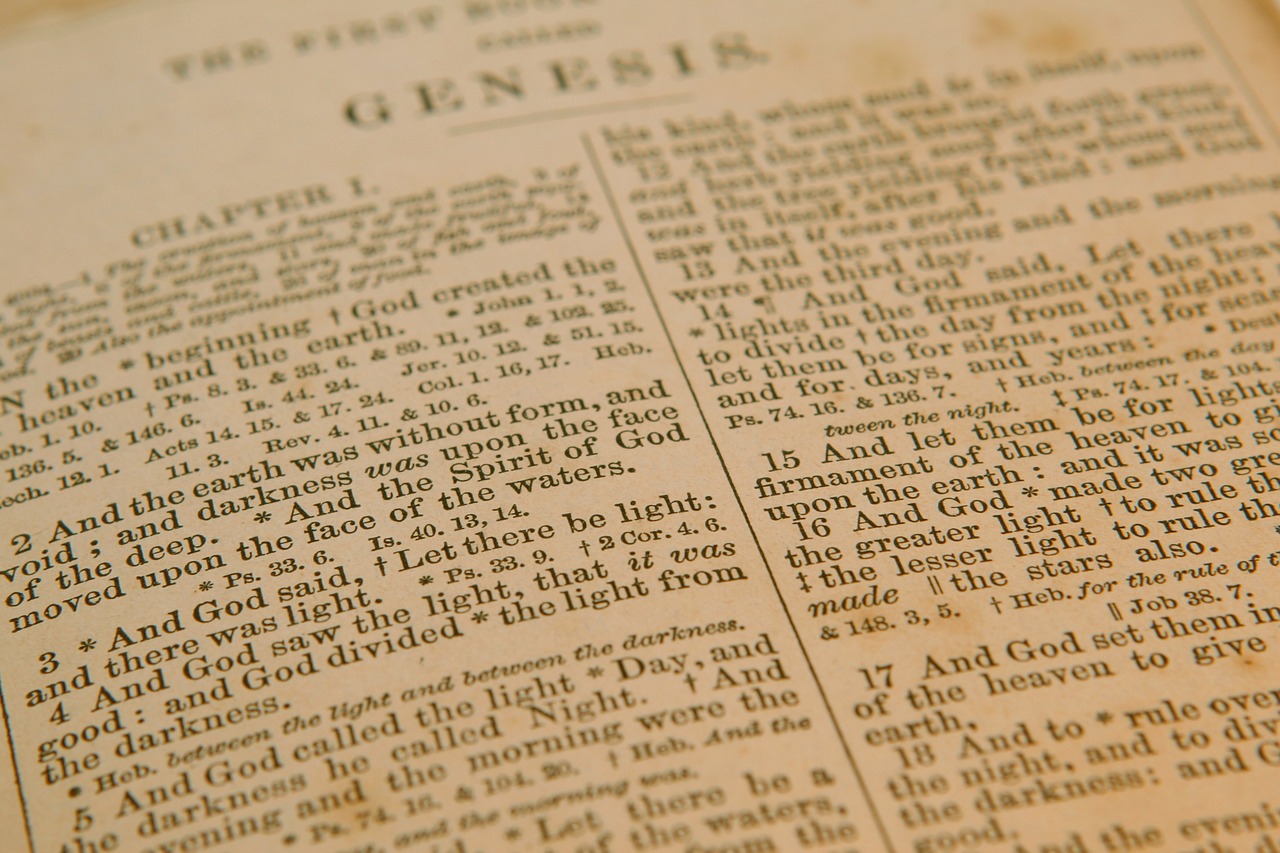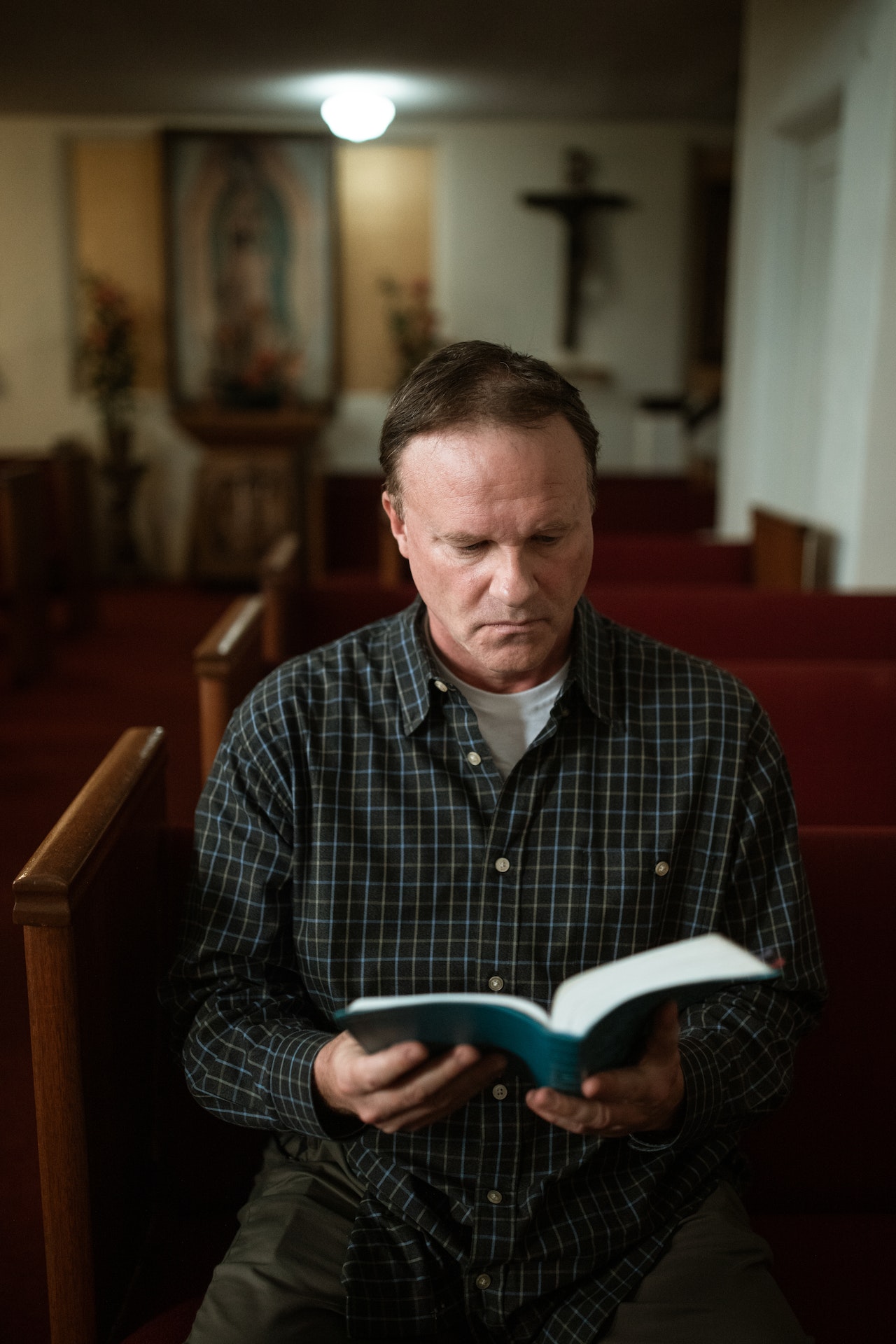There is no historical or biblical evidence to suggest that Jesus had any piercings.
Table of Contents
The Symbolism of Piercings in Religious Art
Have you ever wondered how many piercings Jesus has? It may seem like an odd question, but when you take a closer look at religious art, you’ll notice that piercings are often depicted on Jesus and other religious figures. These piercings hold deep symbolism and can provide insight into the beliefs and values of different religious traditions.
In Christian art, Jesus is often depicted with piercings on his hands and feet. These piercings represent the wounds he received during his crucifixion, a central event in Christian theology. The wounds are a reminder of Jesus’ sacrifice and the redemption he offers to believers. They serve as a powerful symbol of his love and the lengths he went to save humanity.
But it’s not just Jesus who is depicted with piercings in Christian art. Saints and martyrs are often shown with piercings as well. These piercings symbolize their devotion to their faith and their willingness to suffer for their beliefs. They serve as a reminder of the sacrifices made by these individuals and the strength of their convictions.
In other religious traditions, piercings also hold significant symbolism. In Hinduism, for example, it is common for devotees to pierce their bodies as an act of devotion. These piercings are often done during religious festivals and are believed to bring the individual closer to the divine. They are seen as a form of self-sacrifice and a way to demonstrate one’s commitment to their faith.
Similarly, in Buddhism, piercings can hold symbolic meaning. Some Buddhist monks and nuns choose to wear earrings as a reminder of their renunciation of worldly desires. The earrings serve as a constant reminder of their commitment to the Buddhist path and their dedication to spiritual enlightenment.
In indigenous cultures around the world, piercings have been used for centuries as a way to connect with the spiritual realm. These piercings are often done during rituals and ceremonies and are believed to allow the individual to communicate with the gods or ancestors. They serve as a physical manifestation of the individual’s spiritual connection and are seen as a way to gain wisdom and guidance.
While the symbolism of piercings in religious art may vary across different traditions, one common thread is the idea of sacrifice and devotion. Whether it’s Jesus’ wounds on the cross or a devotee’s self-piercing, these acts symbolize a willingness to suffer for one’s beliefs and a deep commitment to the divine.
So, the next time you come across a religious artwork depicting piercings, take a moment to reflect on the symbolism behind them. Consider the sacrifices made by these individuals and the depth of their faith. And remember, piercings can be more than just a fashion statement – they can hold profound meaning and serve as a powerful expression of one’s spirituality.
The Historical Significance of Body Modifications in Ancient Times

Have you ever wondered about the historical significance of body modifications in ancient times? From tattoos to scarification, body modifications have been practiced by various cultures throughout history. One intriguing question that often arises is whether Jesus, the central figure of Christianity, had any piercings. While there is no concrete evidence to support this claim, it is worth exploring the historical context of body modifications during Jesus’ time.
In ancient times, body modifications held significant cultural and religious meanings. They were often used as a way to express one’s identity, social status, or religious beliefs. For instance, in ancient Egypt, tattoos were seen as a symbol of protection and were commonly found on both men and women. Similarly, in ancient Greece, body modifications such as piercings and scarification were associated with religious rituals and rites of passage.
When it comes to Jesus, the Bible does not explicitly mention any piercings or other body modifications. However, it is important to note that during Jesus’ time, body modifications were not uncommon. In fact, the practice of body modifications was prevalent in many cultures that existed in the region where Jesus lived.
One example of body modifications in ancient times is circumcision. Circumcision was a common practice among Jewish males, and it held significant religious and cultural importance. It was seen as a covenant between God and the Jewish people, symbolizing their commitment to their faith. While circumcision is not considered a piercing in the traditional sense, it does involve the removal of a part of the body, highlighting the cultural significance of body modifications during Jesus’ time.
Another form of body modification that was prevalent in ancient times was ear piercing. Ear piercing was practiced by various cultures, including the ancient Egyptians, Greeks, and Romans. It was often associated with beauty, adornment, and social status. In some cases, earrings were also believed to have protective or magical properties. While there is no direct evidence to suggest that Jesus had his ears pierced, it is plausible considering the cultural context of the time.
It is also worth mentioning that crucifixion, the method of execution used for Jesus, involved piercing the hands and feet with nails. While this was not a voluntary body modification, it does highlight the significance of piercings in the historical context of Jesus’ life.
In conclusion, the historical significance of body modifications in ancient times is a fascinating topic to explore. While there is no concrete evidence to suggest that Jesus had any piercings, it is important to consider the cultural and religious context of body modifications during his time. From circumcision to ear piercing, body modifications held significant meanings and were practiced by various cultures in the region. Whether Jesus had any piercings or not, the exploration of body modifications in ancient times provides valuable insights into the diverse ways in which humans have expressed their identities and beliefs throughout history.
Debunking Myths: Did Jesus Have Any Piercings?
Have you ever wondered if Jesus had any piercings? It’s a question that has sparked curiosity and debate among believers and skeptics alike. In this article, we will delve into the topic and debunk some common myths surrounding Jesus and his supposed piercings.
One of the most prevalent myths is that Jesus had pierced ears. This belief stems from a misinterpretation of a verse in the Bible that mentions “pierced ears.” However, this verse is actually referring to a practice in ancient Israel where slaves would have their ears pierced as a sign of their lifelong servitude. It has nothing to do with Jesus himself.
Another popular myth suggests that Jesus had a nose piercing. This idea is often based on artistic depictions of Jesus with a small ring or stud in his nose. However, these artistic representations are purely speculative and not grounded in any historical evidence. There is no mention in the Bible or other historical texts of Jesus having a nose piercing.
Some people also claim that Jesus had a piercing in his side, citing the crucifixion as evidence. According to the Bible, Jesus was indeed pierced in his side with a spear while he was on the cross. However, this was a one-time event and not a permanent piercing. It was a result of the crucifixion process and not a deliberate act of body modification.
It’s important to remember that Jesus lived in a specific time and culture, and body piercings were not common or fashionable during his era. The idea of body piercings as a form of self-expression or fashion statement is a relatively modern concept. Therefore, it is highly unlikely that Jesus had any piercings.
Furthermore, Jesus’ teachings and actions focused on spiritual matters and the well-being of others, rather than physical appearance or adornments. He emphasized the importance of inner purity and righteousness, rather than external appearances. It is unlikely that he would have engaged in any form of body modification, including piercings.
In conclusion, the idea that Jesus had any piercings is largely based on myths and misinterpretations. There is no historical evidence to support the notion that Jesus had pierced ears, a nose piercing, or any other form of body modification. It is important to approach such claims with a critical mindset and rely on reliable historical sources when seeking information about Jesus and his life.
As we continue to explore the life and teachings of Jesus, let’s focus on the core principles he espoused – love, compassion, and forgiveness. These are the values that truly matter and can guide us in our own lives, rather than getting caught up in trivial speculations about piercings or other physical attributes.
Exploring the Modern Interpretation of Piercings in Christianity
Have you ever wondered how many piercings Jesus has? It may seem like an odd question, but in recent years, there has been a growing interest in the modern interpretation of piercings in Christianity. While the Bible does not explicitly mention piercings, many Christians have started to embrace this form of body modification as a way to express their faith and individuality.
In the past, piercings were often associated with rebellion and non-conformity. They were seen as a way to defy societal norms and express one’s personal style. However, in recent years, piercings have become more mainstream and widely accepted. Many people now view them as a form of self-expression and a way to enhance their physical appearance.
For some Christians, piercings have taken on a deeper meaning. They see them as a way to connect with Jesus and display their devotion to their faith. Just as Jesus was pierced on the cross, these individuals believe that their piercings serve as a reminder of his sacrifice and love.
One popular piercing among Christians is the cross-shaped earring. This simple yet powerful symbol serves as a constant reminder of Jesus’ crucifixion and resurrection. It is a way for believers to carry their faith with them wherever they go and share their beliefs with others.
Another common piercing is the nose ring. In biblical times, nose rings were often associated with wealth and status. Today, many Christians see them as a way to honor their bodies as temples of the Holy Spirit. They believe that by adorning their noses with rings, they are showing respect for the vessel that God has given them.
Tongue piercings have also gained popularity among Christians. Some believers see them as a way to use their tongues to spread the word of God. They believe that by piercing their tongues, they are making a commitment to speak words of love, encouragement, and truth.
While these interpretations of piercings in Christianity may seem unconventional to some, they are a reflection of the ever-evolving nature of faith. Just as fashion trends change over time, so do the ways in which people express their spirituality.
It is important to note that not all Christians embrace piercings as a form of religious expression. Some may view them as a distraction from the true essence of faith. Others may simply prefer to express their beliefs in more traditional ways.
Ultimately, the decision to get a piercing and the meaning behind it is a personal one. It is up to each individual to determine how they want to express their faith and connect with their spirituality.
So, how many piercings does Jesus have? The answer may vary depending on who you ask. Some may argue that Jesus has no piercings, as his divinity transcends physical adornments. Others may believe that he has countless piercings, symbolizing the wounds he suffered for humanity.
Regardless of the number, what matters most is the intention behind the piercings. If they are a genuine expression of faith and a way to honor Jesus, then they hold a special significance for those who wear them.
In the end, piercings in Christianity are a personal choice and a unique way for individuals to connect with their spirituality. Whether you choose to embrace this form of body modification or not, it is important to respect and support one another’s beliefs and choices. After all, we are all on our own spiritual journeys, and it is up to each of us to find our own path to God.
Conclusion
There is no historical or biblical evidence to suggest that Jesus had any piercings.



